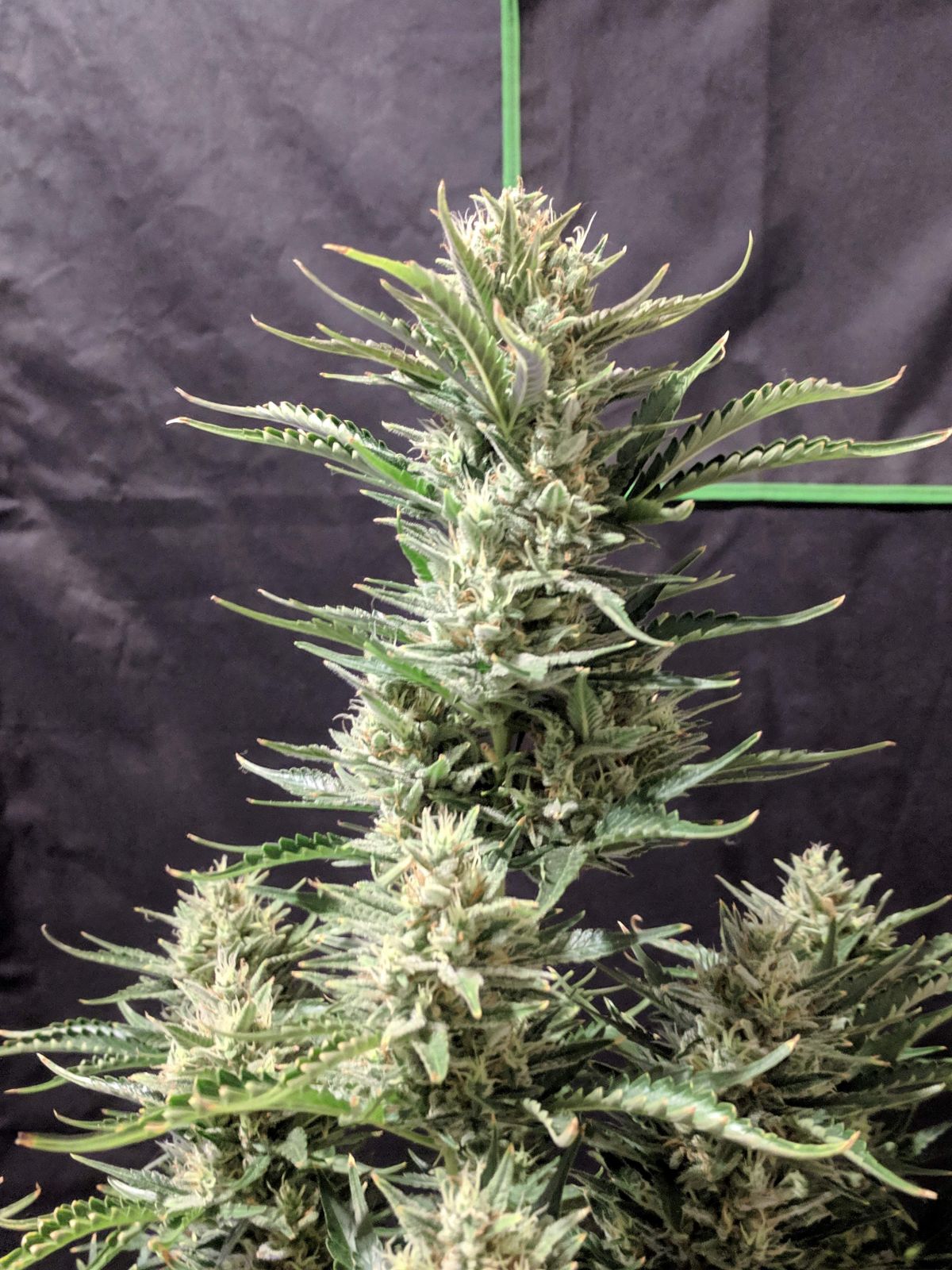The Role of PPFD in Choosing the Right Light for Your Indoor Garden Fundamentals Explained

When it happens to developing vegetables indoors, lighting is one of the most essential factors to take into consideration. In A Good Read for vegetations to flourish, they need the best quantity and high quality of lighting. One way that raisers assess light strength is by means of PPFD, or photosynthetic photon change density. In this blog article, we'll delve right into the scientific research responsible for PPFD and how it affect your veggies.
What is PPFD?
PPFD gauges the quantity of illumination that falls on a offered area every next, especially within the assortment of wavelengths that vegetations use for photosynthesis (400-700 nm). This size is conveyed in micromoles per square meter per second (μmol/m²/s). In other phrases, PPFD informs us how a lot of photons of lighting are available to plants in a given area and opportunity time frame.
Why is PPFD vital for vegetable development?
Plants make use of light power to lug out photosynthesis, which is essential for their growth and survival. Without enough light, plants maynot generate adequate power to carry out all their metabolic methods. Alternatively, too a lot lighting can be harmful if it surpasses the vegetation's capability to make use of it effectively.
Various types of veggies have various requirements when it comes to illumination. For example, leafy veggies like lettuce demand less intense illumination than fruiting vegetables like tomatoes or peppers. Through gauging PPFD amounts in your grow room and adjusting your illumination accordingly, you may supply your plants along with optimal developing health conditions.
How do you determine PPFD?

There are various resources readily available for determining PPFD levels in your grow area. One popular resource is a quantum sensing unit or PAR meter (photosynthetically energetic radiation), which evaluates the variety of photons within the range that vegetations use for photosynthesis.
When making use of a PAR meter, take measurements at several aspects throughout your grow room and at different elevations over your plants. This are going to offer you an average reading that can help help your illumination choices.
Another option is to utilize a lux gauge, which assesses the total amount of light in a offered area. While this is not as precise as making use of a PAR gauge, it can still be useful for obtaining a overall sense of how much light your plants are receiving.
How does PPFD affect your vegetable returns?
When vegetations get the best amount and quality of light, they can easily develop extra properly and produce greater turnouts. Having said that, if PPFD levels are as well low or as well higher, vegetation growth can easily be stunted or also stopped.
For example, if you're expanding tomatoes and see that they are not setting fruit product despite having well-balanced leaves, it could be because they are not getting sufficient illumination. On the various other palm, if your lettuce is transforming yellowish and wilting despite possessing enough water and nutrients, it could possibly be because they are receiving too much light.
By keeping an eye on PPFD degrees in your grow area and helping make changes as required, you can ensure that your vegetables are obtaining the best quantity of lighting to advertise healthy growth and maximum turnouts.
In conclusion
PPFD is an crucial factor to look at when increasing vegetables indoors. Through determining the amount of photosynthetic photon motion quality in your grow area and readjusting your illumination accordingly, you can supply optimal ailments for plant growth and make best use of your turnouts. Whether you're a veteran interior gardener or only beginning out, understanding PPFD can easily help you accomplish excellence with your vegetable plants.
